Your donation will support the student journalists of Brunswick High School. Your contribution will allow us to purchase equipment. We're a small program with little resources. Our goal is to purchase some updated, and much needed, cameras for the program.
From A Research Lab To Your Homes The Evolution Of Video Game Consoles
Have You Ever Wondered What The First Video Game Console Was?
March 16, 2023
From a course titled “Understanding Media and Culture” students can learn more about the evolution of media and video games in particuluar at University of Minnesota. As of today the video game industry makes up to 365 billion dollars in its global market here is an accumulation of info on the evolution of video games. Nearly 53 percent of homes in America at least have one video game console in their houses. And it’s not a surprise—video games have been around for decades and have a wide span of platforms from arcade games, home consoles to handheld consoles and to mobile devices. Video games have often been at the head of entertainment and computer technology advances.
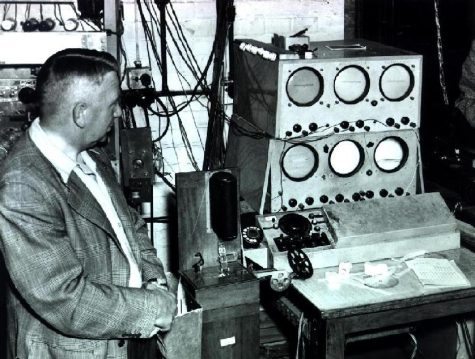
In 1952, video games found there start in a research lab, British professor A.S. Douglas created OXO, a computerized version of tic-tac-toe as part of his doctoral dissertation for Cambridge university. Later in 1958, William Higinbotham created tennis for two on a very large analog computer and connected to a oscilloscope screen for viewing. And in 1962, Steve Russell at the Massachusetts Institute of Technology invented the computer based space combat video game called Spacewar! It was a video game for the programmed data processor-1 or the PDP-1 it was a computer found mostly at colleges and universities. It was also the first video game that could be played on multiple computer installations. OXO, Tennis for Two, and Spacewar! were the games that propelled us to where we are now in video games today.
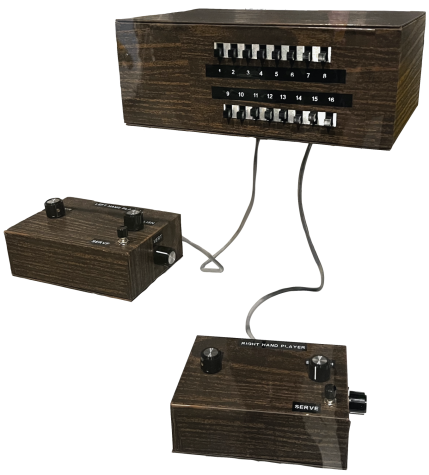
Home consoles had yet to become a thing until 1967 workers at Sanders associates inc led by Ralph Baer invented the first multiplayer, mult-program video game system that could be played on the T.V and it was known as “the Brown box” and had 28 games to play. Ralph Baer who is sometimes referred to as the father of video games, licensed his “Brown Box” device to Magnavox who sold the system in 1972 to consumers as the “Odyssey the first video game home console”. Quickly over the next few years the prehistoric console would commercially fizzle and die out. Excitedly one of the Odyssey’s 28 games was the inspiration for atari’s pong, the first arcade game, which atari the company released in 1972.
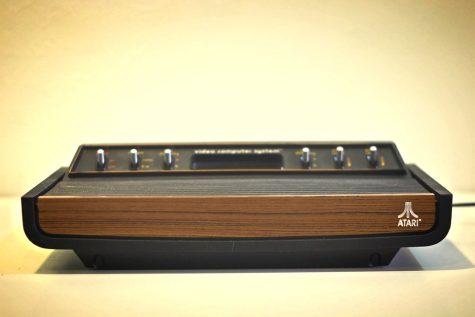
Later in 1975, Atari released the home version of pong which was just as successful as the arcade version. Sanders associates and Magnavox did not like this and would sue Atari for copyright infringement. Atari didn’t really fight and settled the lawsuit and became an Odyssey licensee. For 20 years Magnavox went on to win more than $100 million in copyright lawsuits related to their console and video game patents. In 1977, Atari made a comeback and released the Atari 2600, it was a home console that had a much cleaner design and featured joysticks and interchangeable game cartridges that played multi-colored games. The Atari 2600 effectively kicked off the second generation of the video game consoles.
The video game industry had some notable milestones in the late 1970’s and early 1980’s such as the release of the greatest game space invaders in arcades in 1978. In 1979 Activision was the first third party game developer which developed software without making consoles or arcade cabinets. There was also the introduction of Pac Man to the United States which was hugely popular in Japan. The creation of Donkey Kong by Nintendo which introduced the world to the character Mario and Microsoft’s release of it first flight simulator game. But then tragedy struck the gaming industry in 1983, it was for a number of factors one being oversaturated game console market, two being competition from computer gaming, and third being a large amount of over hyped low quality games. For example the infamous E.T Atari game that was so bad that its considered the worst game ever created and a bunch of copies are buried in a landfill in Alamogordo, New Mexico.
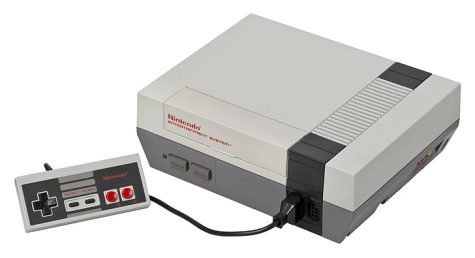

The great video game crash lasted for a couple of years and led to several game companies to go bankrupt. The video game industry started to recover in 1985 with the Nintendo entertainment system or the NES coming to the U.S. The NES had improved 8 bit graphics, colors, sound and gameplay; it was much better than the previous consoles. Nintendo released a number of well loved franchises that are still around today such as super mario bros, The legend of zelda and metroid. Moreover Nintendo implemented a bunch of regulation on third party games developed for its system that helped in combating rushed, low quality software. Nintendo changed the game once again by popularizing the handheld gaming system with its release of the Game Boy in 1989 over the next 25 years Nintendo released a bunch of successors to the Game Boy.
The first console war also happened in 1989 with Sega releasing its 16 bit Genesis console. With the Genesis tech superiority to the NES, and good marketing and the 1991 release of Sonic the hedgehog game the console was making big headway against its older rival. Nintendo also released its 16 bit super NES console in 1991 which really launched the first console war. In the early to mid 90s it saw the release of the popular franchise street fighter and mortal kombat, these were fighting games that depicted blood and gore especially on the genesis version of the games. In response to the “violent games” Sega created the videogame rating council in 1993 to provide decrypted labels for all the games sold on the Sega home console. It’s a rating system that’s still used today. With the Genesis having a much larger game selection, lower prices and good successful marketing, the Genesis had leaped over the SNES in America but in Japan it was a different story with Nintendo being a much more favored console there.
In 1995, it brought the 5th generation of video games with its leap in computer technology and with it ushering in of the three dimensional era of video games. Sega released the Saturn system in 1995, it was the first 32 bit console that played games on CDs and not cartridges. This move by Sega was beat out by Sony’s first foray into video games and this console was called the PlayStation which was selling for 100 dollars less than the Sega Saturn when it launched. In 1996, Nintendo would release the Nintendo 64 system that was still cartridge based. Sony dominated the videogame market and would continue to do so for the next generation. The PlayStation 2 was released in 2000 and was able to play original Playstation games, it would become the best selling game console of all time. The PlayStation 2 was up against Sega’s dreamcast, nintendo’s gamecube and Microsoft’s Xbox. Sega’s dreamcast was considered ahead of its time with its compatibility for online gaming. Long story short the dreamcast was a commercial flop that ended Segas console building. Sega pulled the plug on the dream cast in 2001 and then became a third party software company going forward.
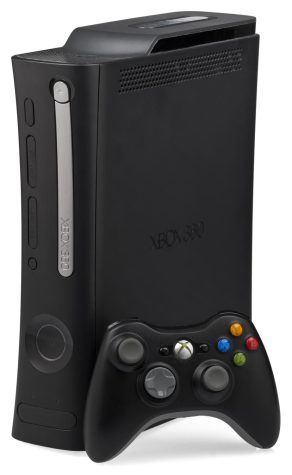
2005 and 2006 is when the modern era of video gaming began with the Xbox 360, PlayStation 3 and the Wii. With the PlayStation being the only console at the time that was compatible with blu-ray dvd but for the first time Sony had some strong competition. The Xbox 360 and PlayStation 3 had very similar graphic capabilities. Despite the Wii being technology inferior it did much better in sales compared to the other two consoles. Its motion sensitive remotes made the game play more active and helped to appeal to a much larger public demographic. Toward the end of the 2000s video games had spreaded to mobile devices with games like Angry bird and temple run.
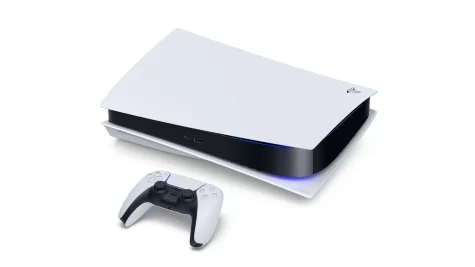
When 2011 rolled around it brought the toy video game hybrid with skylanders and disney infinity. This was a new way for these companies to make more money by requiring you to buy a toy that’s sold separately to play video games but this type of gaming later fizzled out. That following year in 2012 the 8th generation of video games began with the release of the Wii U, PlayStation 4 and Xbox One. Despite the Wii U featuring off tv gaming it was a commercial failure compared to its competition and was discontinued in 2017. In 2017 nintendo released the Wii U successor the nintendo switch it was the only system that allowed both TV based and handheld gaming. Microsoft released its 4k console the Xbox One X and followed up in 2020 with the Xbox series X and series S. Also in 2020 Sony released the PlayStation 5 its successor to the PlayStation 4.
With all the new revamped consoles it seems that the big companies like Sony and Microsoft have their sights set on virtual reality gaming or VR, It’s considered to be the new way of gaming that could change the way that players experience video games. From a research lab in Cambridge University to your home’s, this has been an evoultion of video game consoles.
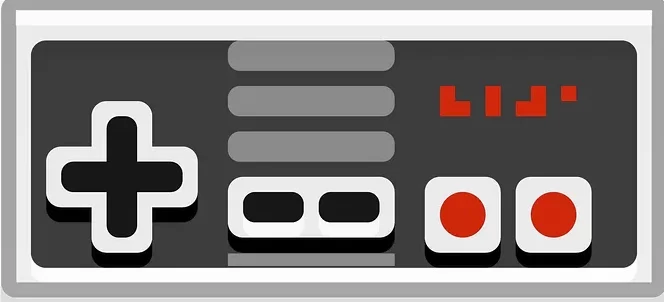
Nick • Jan 14, 2025 at 10:40 pm
Gorgeous presentation my friend!